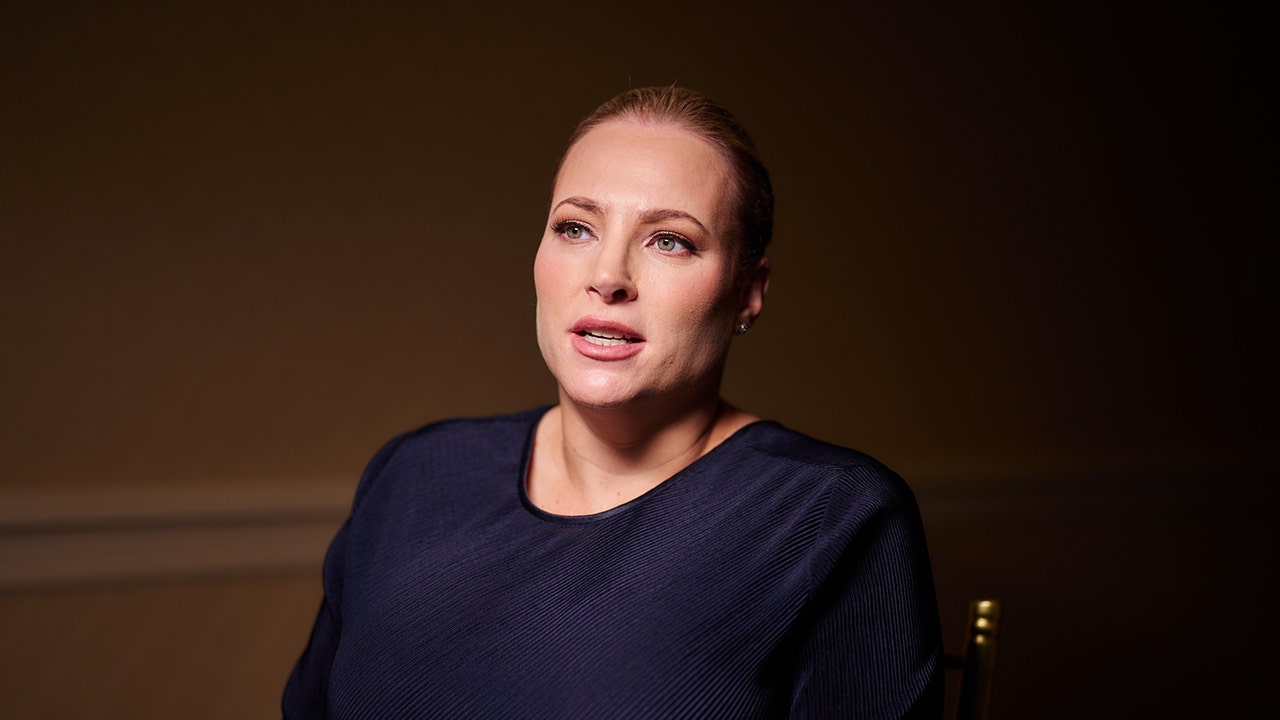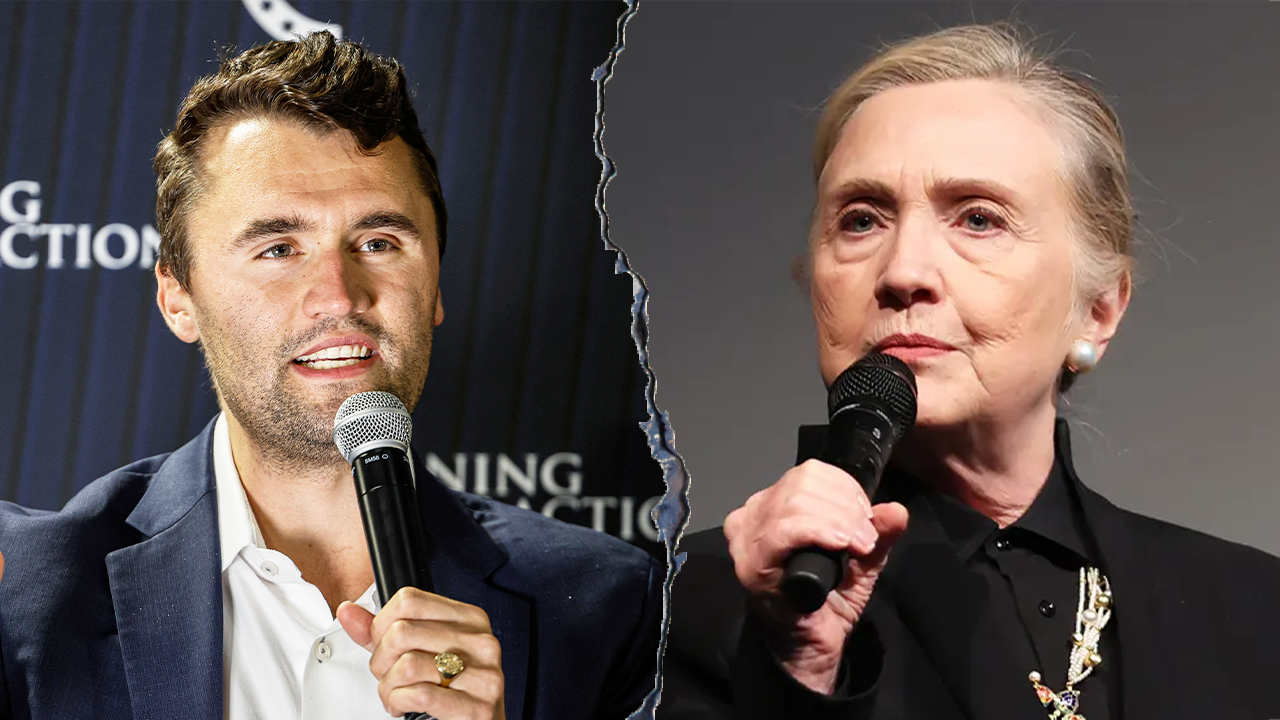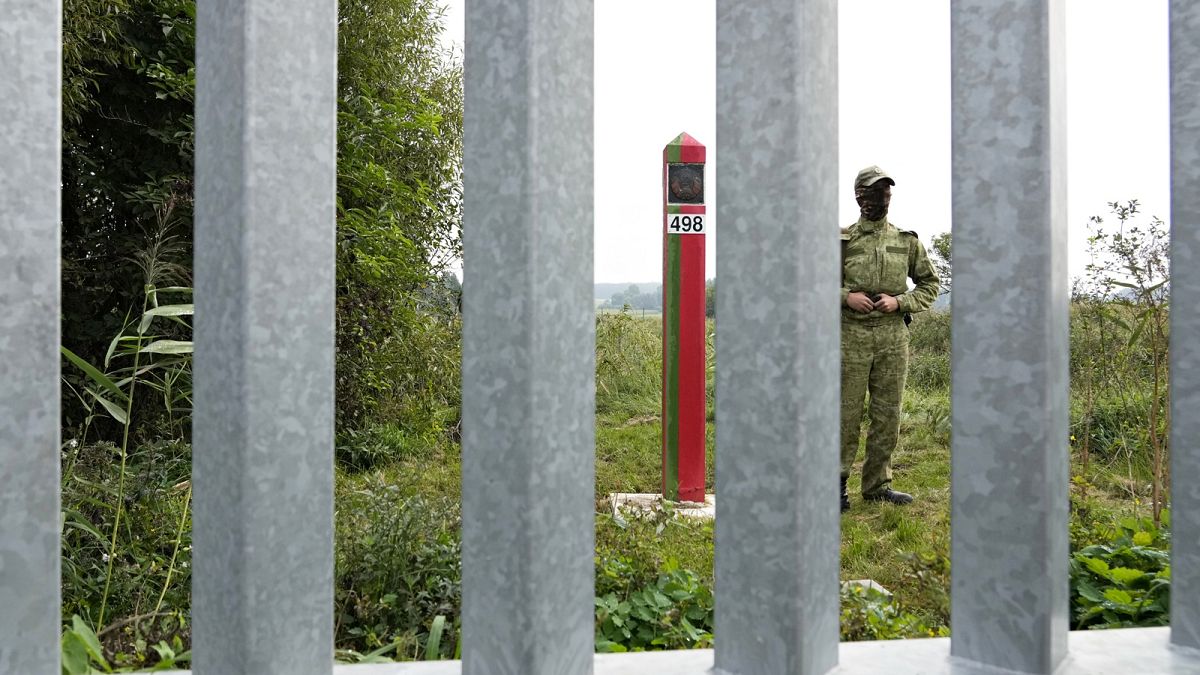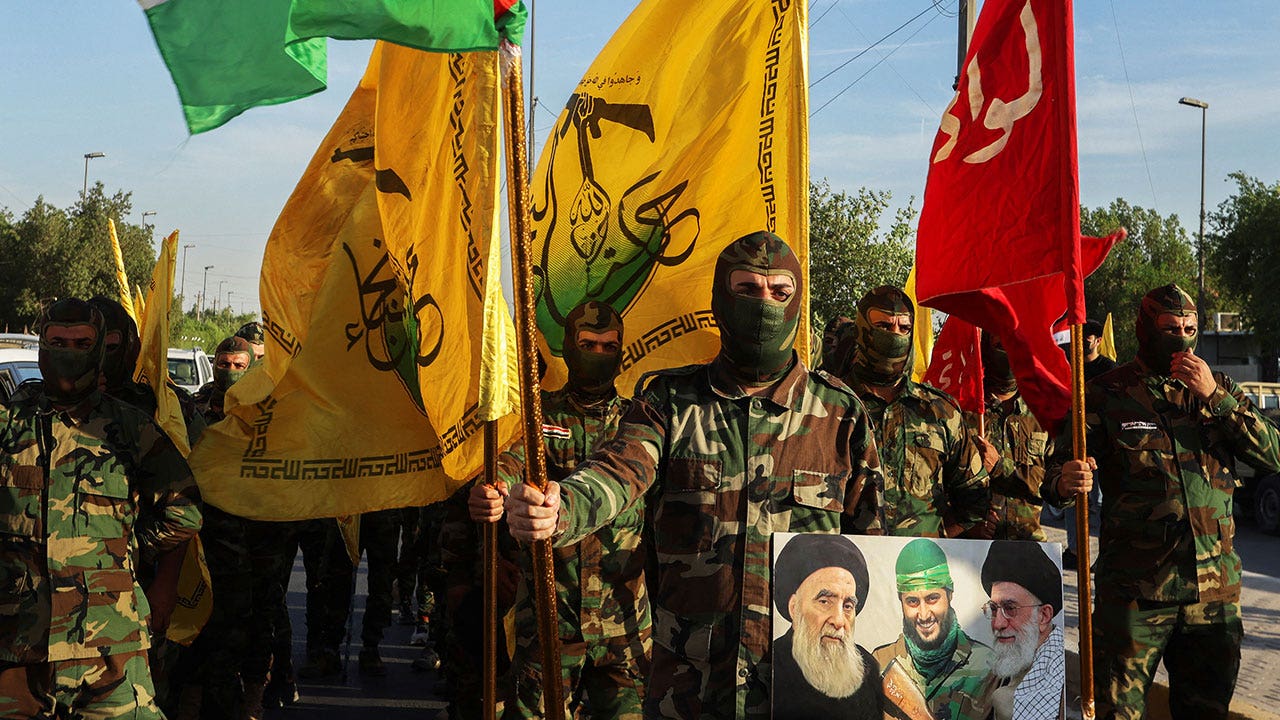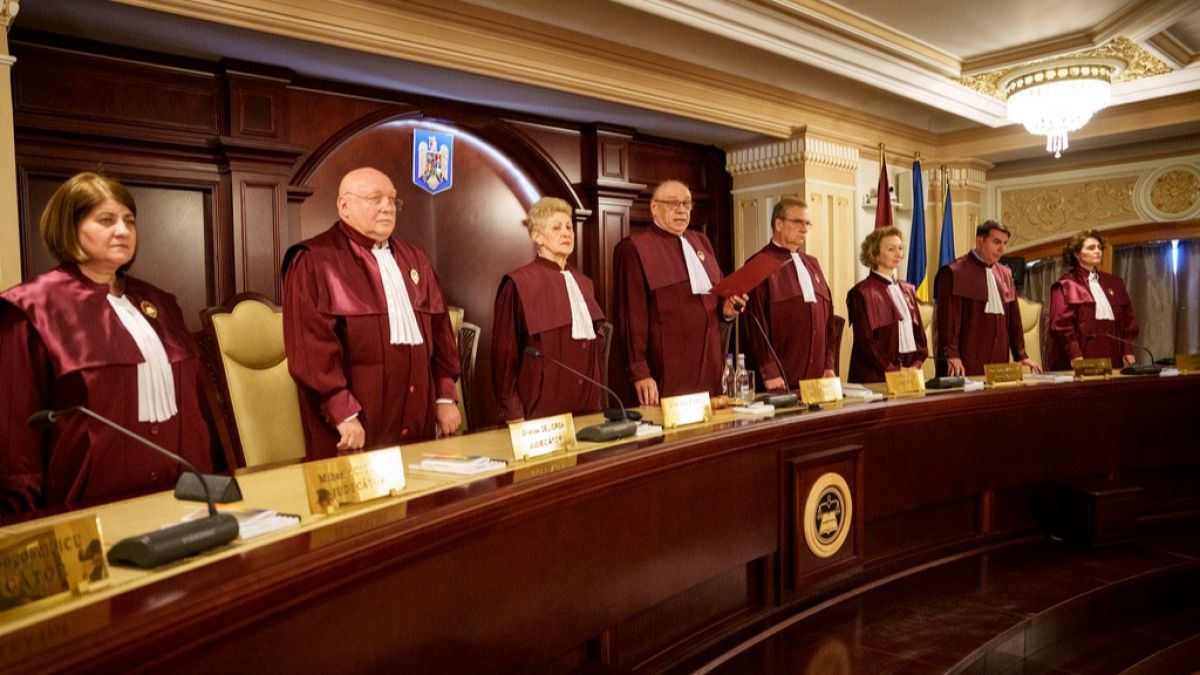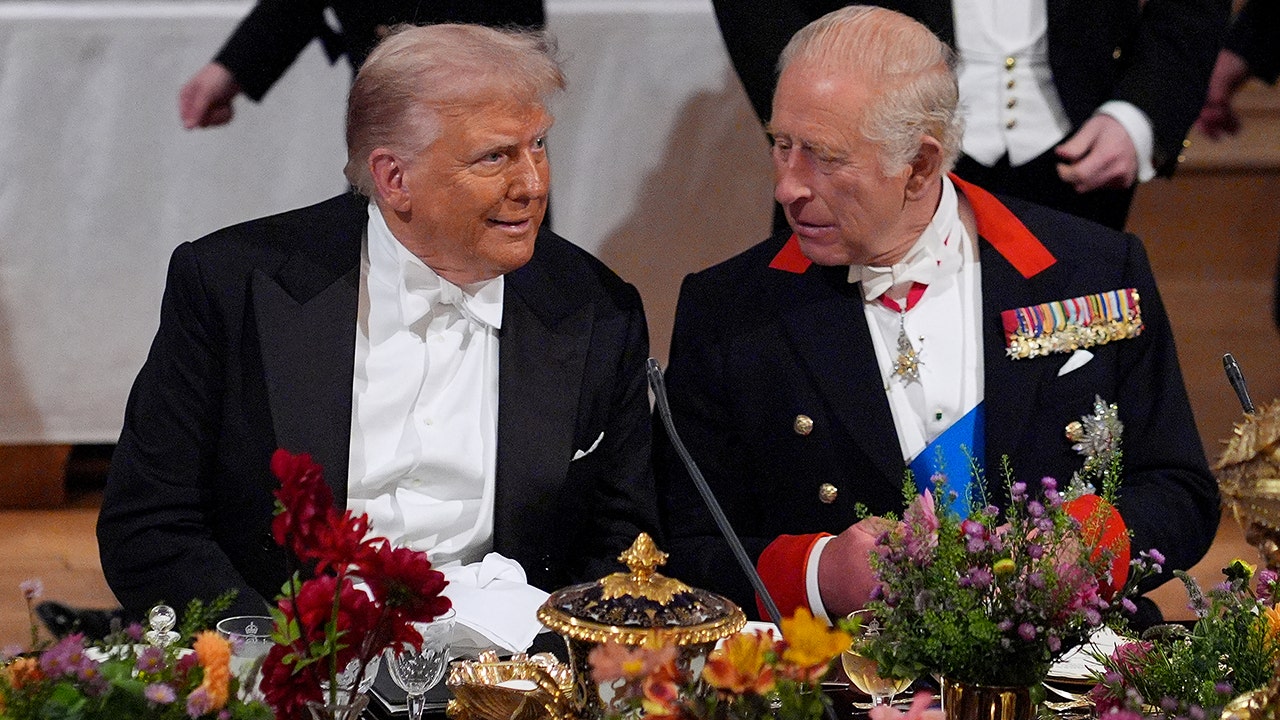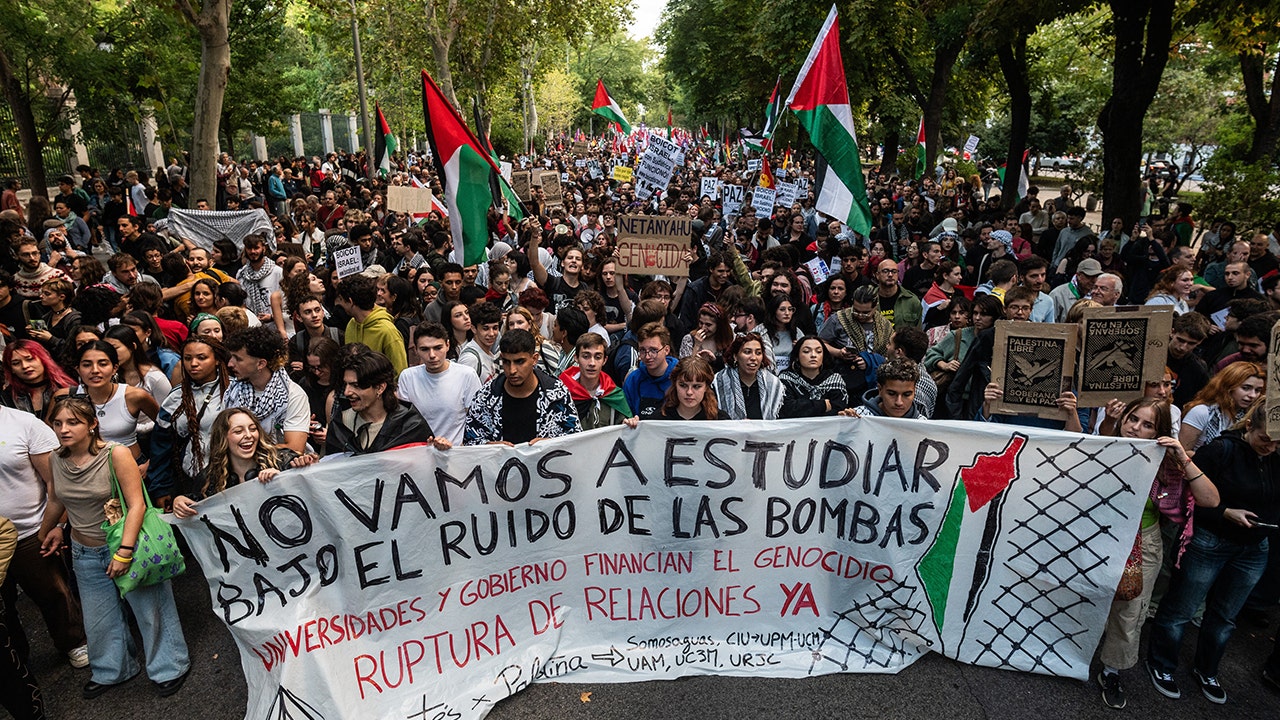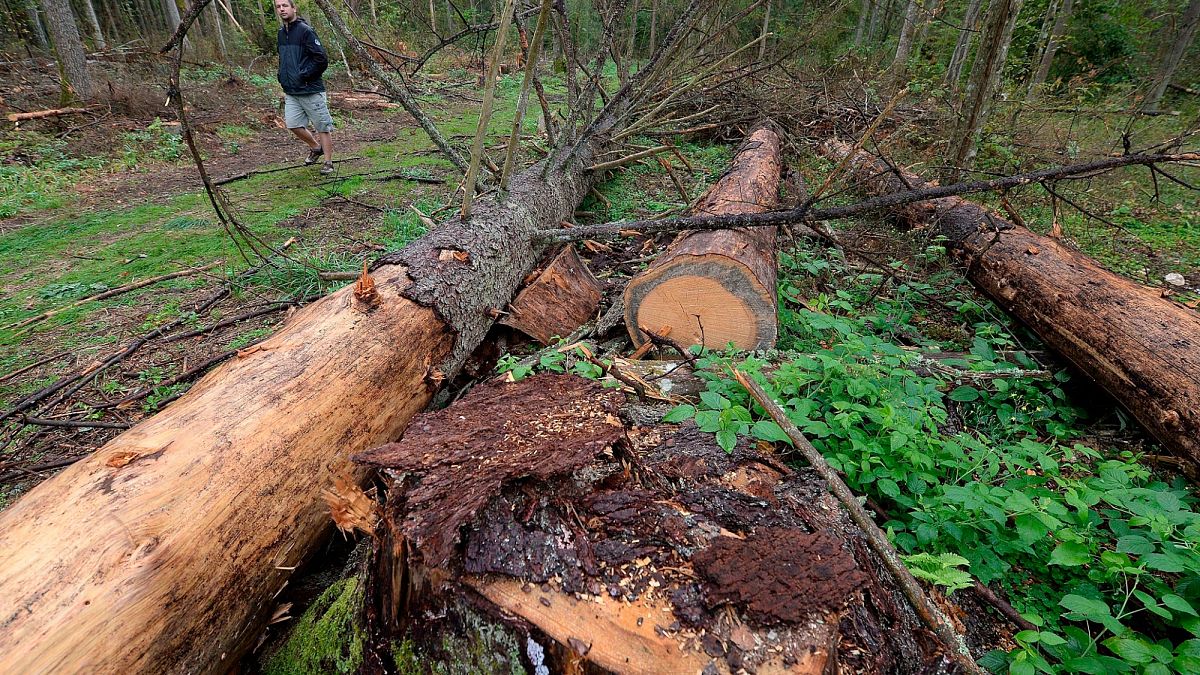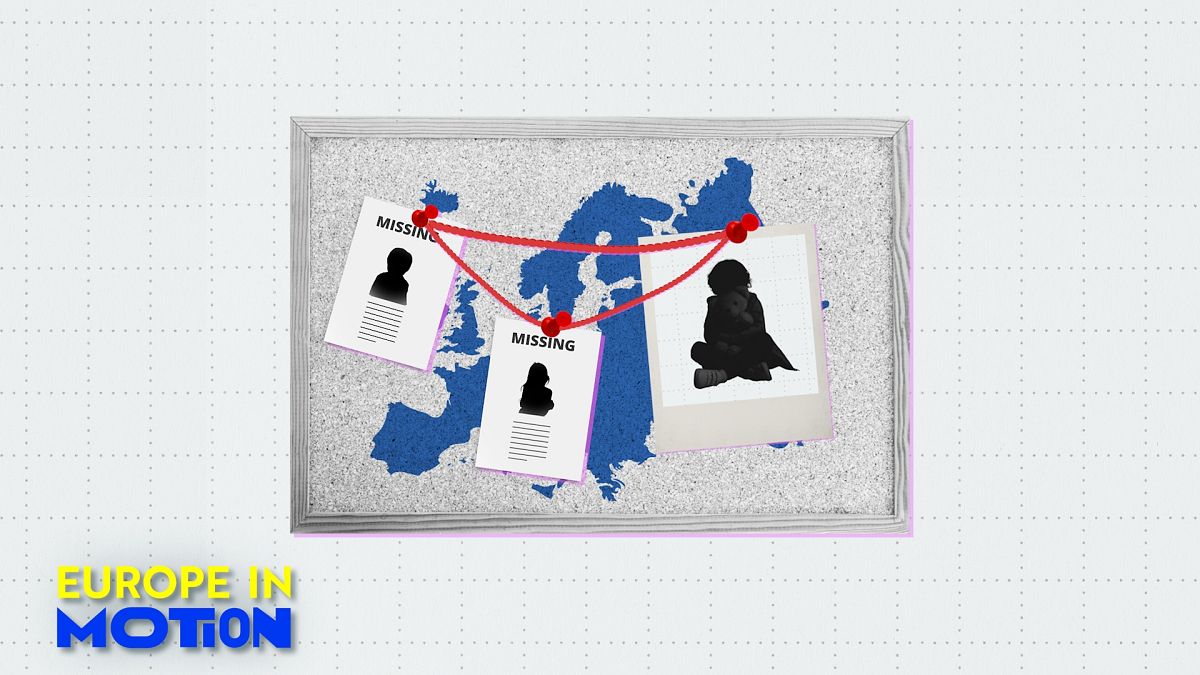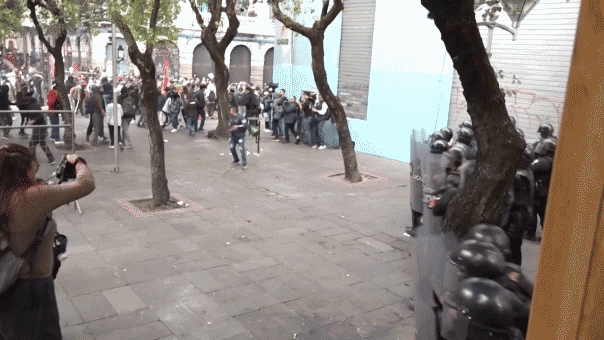The era of nuclear disarmament appears to have come to an end, experts at the Stockholm International Peace Research Institute (SIPRI) warned this week.
Amid widespread global tensions and regional conflicts, researchers say the number of nuclear weapons appears to have gone up in the past 12 months.
The nuclear weapon stockpile is now estimated at 9,614 available warheads – 0.3% more compared to 2024. The total is 12,241, including retired warheads.
“By the end of 2024 nuclear disarmament appeared more elusive than at any point since the end of the Cold War”, says SIPRI, “especially since strategic dialogue between Russia and the United States has effectively ceased”.
China races to catch up with Russia and US
China’s nuclear program is growing faster than any other country thanks to “significant modernisation and expansion work”, the report says.
Beijing is currently building new silos for its intercontinental ballistic missiles (IBM) in three large fields in the north of the country as well as in three mountainous areas in the central east.
Since 2023, its arsenal has expanded by 100 new nukes per year, reaching 600 in 2025, making it the world’s third-largest stockpile.
However, the vast majority of China’s warheads are thought to be stored separately from their launchers.
By the end of the decade, the country, which is currently the world’s second-largest military spender after the US, could have at least as many ICBMs as either Russia or Washington, although its stockpile is still expected to remain smaller than theirs.
Tensions undermined dialogue between China and the US on nuclear-weapon-related issues due to the American support for Taiwan as well as economic sanctions against China.
US-Russia: 2026 deadline on nuclear reduction nears
Russia and the US still hold almost 90% of all nuclear weapons.
“Both states are implementing extensive modernisation programmes that could increase the size and diversity of their arsenals in the future.” says SIPRI.
“If no new agreement is reached to cap their stockpiles, the number of warheads they deploy on strategic missiles seems likely to increase after the bilateral 2010 Treaty on Measures for the Further Reduction and Limitation of Strategic Offensive Arms (New START) expires in February 2026.
In any case, SIPRI analysts say Russia’s nuclear modernisation effort has endured a test failure and a further delay for the New Sarmat intercontinental ballistic missile.
Additionally, upgrades of other systems are progressing more slowly than anticipated.
In the US, on the other hand, authorities are under pressure by nuclear advocates to keep up with China’s new developments.
The US could ramp up its capabilities by reactivating empty launchers, increasing its non-strategic nuclear weapons and deploying more warheads to existing launchers.
France and UK to beef up nuclear submarine fleet
In Europe, France has the largest nuclear arsenal, with 290 weapons – almost all of them are combat-ready.
In 2024, Paris continued its development program of third-generation submarine-launched nuclear missiles as well as a new air-launched cruise missile.
Like France, the UK has committed to scaling up its maritime nuclear abilities by building four new nuclear-powered ballistic missile submarines.
Although the country is believed not to have increased its arsenal last year, which currently stands at 225 nukes, a few weeks ago the government announcednew investments in up to 12 new nuclear-powered submarines as part of the AUKUS programme.
Authorities said that’s “in response to the rapidly increasing threats”.
The investment is part of a £15 billion (€17.5bn) budget in the country’s warhead programme.
Read the full article here




